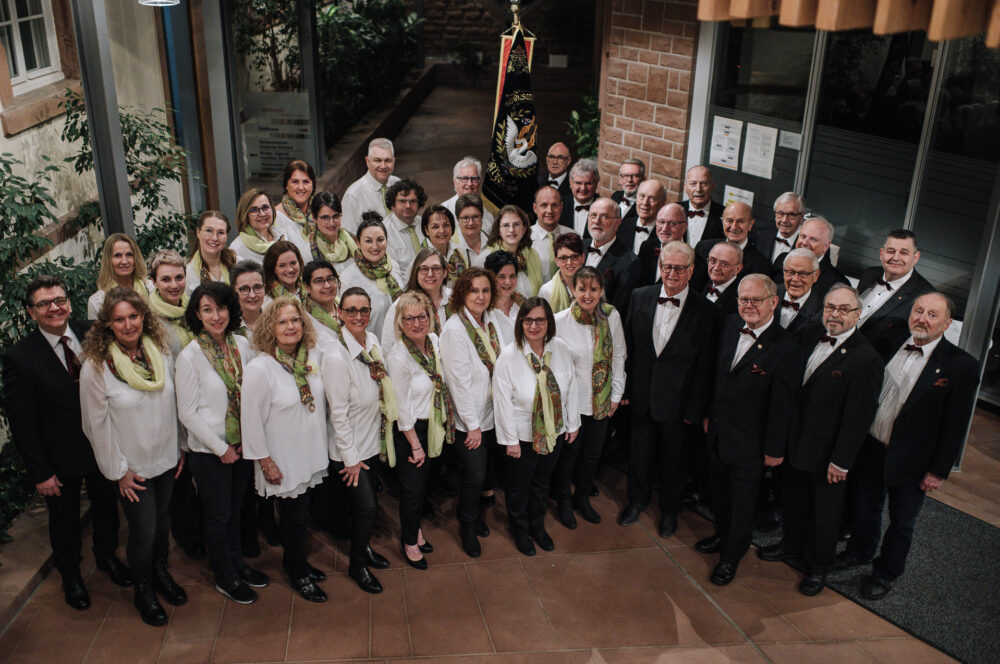Many engineers employ an organized engineering design process to offer solutions to the needs of customers. This process adds structure to projects and stimulates creativity. The objective raw data that is collected during the process can reduce bias and aid in better decision making. The process of engineering also instructs that setbacks and errors can be useful sources of information for future projects.
Problem definition is the first why not try these out step of the engineering design process. Engineers must know what their product is designed to do and the reason they require it. This is essential for the rest of the engineering process.
After the issue has been identified, it is crucial to gather as much information regarding the solution to the need as is possible. This can be achieved by conducting research, asking important questions and brainstorming ideas. Here is where engineering creativity shines and where the most innovative ideas can be developed.
Engineers need to identify potential solutions, evaluate the pros and cons of each, and pick the best. The solution must also be able of meeting the project constraints (e.g. costs, materials, time and space).
After the most effective solution is selected, it is recommended to design an early prototype of the item or equipment. Then it is possible to conduct tests to determine how well the product is performing as it is supposed to. It is possible to reduce the time needed to develop a project by identifying problems at an early stage. This can also save money in the future on fixing issues later.
